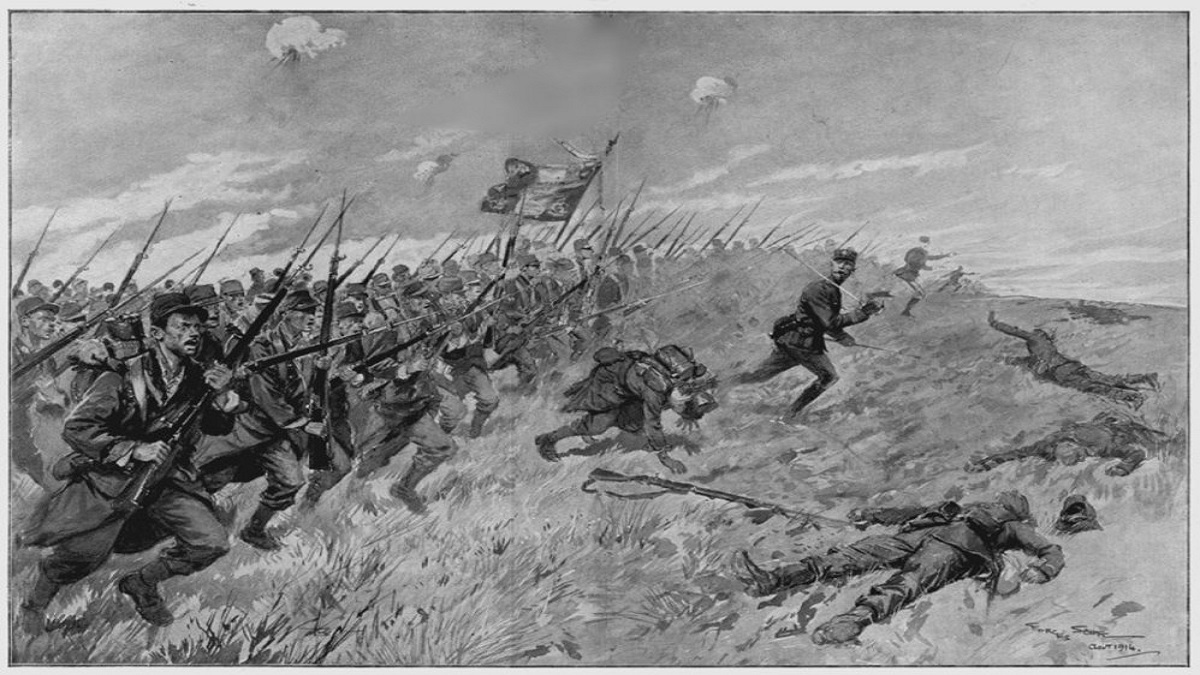Man, from his very existence, has always threatened the peace of this planet due to his contentious nature. From killing if Abel by his brother Cain to the deadliest nuclear wars, mankind has liberally contributed to the destruction of inhabitants of the Earth. History is darkened by horrible war crimes that cannot be effaced from the pages of history. Human beings have been plunged into deadliest wars in an attempt to assume dominance or to satisfy their yearning for power. Here is a look at some of the worst wars that happened in the history of mankind.
World War II
World War II started in 1939 and continued till 1945. It was the long held resentment of World War I that set the stage for another deadliest conflict. It is one of the most destructive wars in the history with 40,000,000 to 50,000,000 casualties. It began when German dictator Adolf Hitler deliberately invaded Poland with an intent to occupy it. Despite knowing that Poland has military support of French and British, Hitler attempted to invade Poland in any case. Keeping in mind the possible hindrance from the Soviet Union on attack on its Western neighbour, Hitler made a secret settlement with Soviet Union on August 23-24 which led to the signing of German-Soviet non-aggression Pact in Moscow.
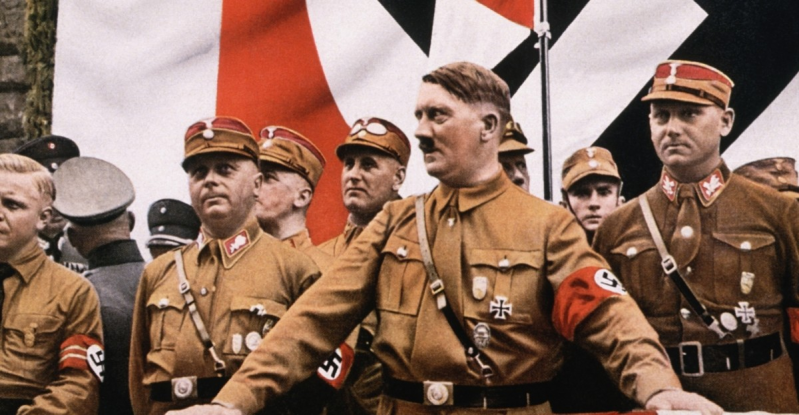
It was decided by the mutual consent that the Western part of the Poland will go to Germany while the Eastern two thirds will be occupied by the U.S.S.R. Hitler gave orders of invasion on August 26. Meanwhile, Poland signed a treaty with Great Britain for mutual assistance which restrained Hitler from starting the hostilities for first few days. However, on August 31 Hitler ordered hostilities and invasion began in response to which Great Britain and France declared war on Germany on September 3. This marked the beginning of the World War II.
It was a war between formidably armed, having greater population and military manpower Allies, namely Poland, France and the Great Britain and a strong headed, loaded with fighting spirit, disciplined and well trained German army or Wehrmacht. Germans had a mighty firepower with 442 machine guns, 135 mortars, 72 antitank guns and 24 howitzers while on the flip side the Allies only had firepower slightly greater than they had in World War I. Germany had six armoured divisions in 1939 while Allies had a great number of tanks, but no armoured division at that time.
Read More: How Many Countries Have Nuclear Weapons And How Many Are There? – About Pakistan
While Germans were exercising their War skills on western side, Soviet Union on September 17, invaded the Eastern side of the Poland. Poland could not stand the attack on both ends and by early 1940s the two nations had a divided control over Poland. The Stalin’s forces then moved on to occupy Baltic States that included Estonia, Latvia and Lithuania. Following the six months of Poland invasion, German and British navies faced off each other at sea. German U boat submarine caused the sinking of more than 100 vessels in the first four months of World War II. On the western end, Germany invaded Norway and occupied Denmark on April 9. German forces proceeded forward and swept through Netherlands and Belgium and three days later they crossed Meuse river and hit the French forces at sedan, located at the northern end of Maginot line, a defensive barrier that was built following World War I and was considered impenetrable until wrecked by the German tanks and planes.
While France was about to collapse Italy formed an alliance with German under steel pact and on June 10, declared war against France and the Great Britain. In an attempt to launch an air attack on Great Britain the Germans faced their first military failure because German air force, the Luftwaffe couldn’t overcome the Royal Air Force of Britain. After getting a power over France, Italy as a German ally extended the war to Greece and North Africa. Italy had to face the failure in Greece and ultimately Germany had to come for their assistance in 1941. Now, as the Germans continued to progress they started to invade the Soviet Union, their former ally, however, despite the slow initial resistance from Soviet, the Germans couldn’t withstand the nation’s strength and determination combined with their brutal winters and ultimately they were wiped out of Soviet Union completely by 1945.
Now, as the war entered its closing phase, British and American forces launched a D-Day Invasion by landing on the German occupied France through the coast of Normandy. By early 1945, the allied forces were closing in on Germany from East and West and ultimately the German forces surrendered in May 1945 after the suicide of Adolf Hitler. During six years of this war 45 to 60 million people were killed and about 6 million Jews were killed in a mass killing act by Hitler now known as Holocaust.
The second Congo war
The second Congo war also known as, “Africa’s World War” or “The Great War of Africa” began in 1998 and officially ended in 2003. It took place in democratic Republic of the Congo. Nine African nations and twenty armed groups were part of this widest interstate war of modern Africa. Around 3.8 million people died, mostly due to starvation or the disease as an aftermath of one of the deadliest conflicts since world War II. About millions of people were displaced and forced out of their homes. They had to take refuge in neighbouring countries. Although, war officially ended in 2003 but the African states followed by the conflict were very weak and many of the Eastern regions suffered due to recurrent outbreak of violence. In 2004, it was estimated that about 1000 of people were killed every day as a result of violence or discontinuation in the supply of basic social services and the food. Sporadic outbreak of fights forced many people to migrate to the neighbouring countries.
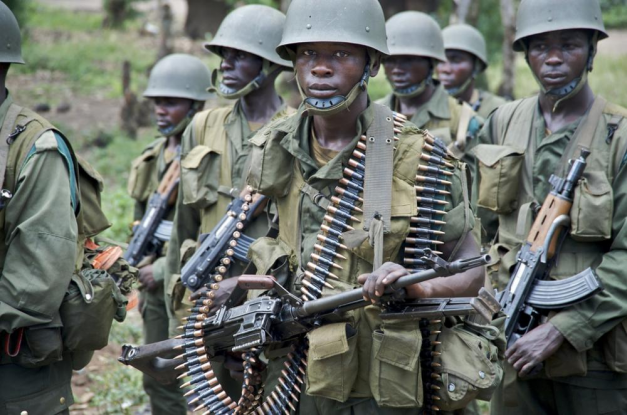
Read More: The Cost of Terrorism in Pakistan and the Way Forward – About Pakistan
Napoleonic Wars
These were the series of conflicts that started during the rule of Napoleon Bonaparte over France. They lasted from 1799 to 1815 and started when French revolution ended and Napoleon Bonaparte became powerful in France. It caused the massive killing of nearly 2.5 to 3.5 million people. In 1803 the war began between United Kingdom and France when the treaty of Amiens ended. It was fought between the French empire and the fighting coalitions. They followed on from War of first Coalition (1793-1797) which involved almost all the European countries and countries like Egypt, America and South America were also dragged into the war.
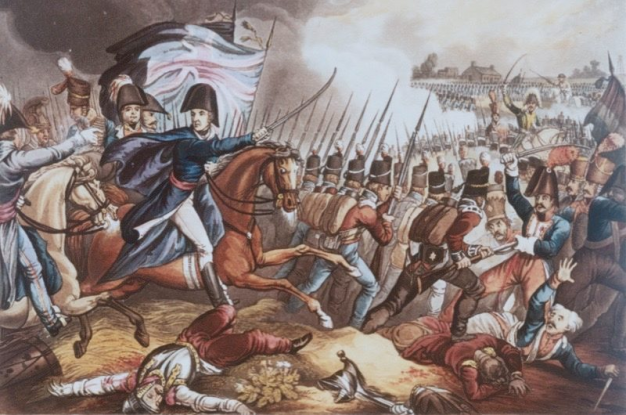
The first campaign of the Napoleonic wars was War of Second Coalition. In this campaign French fought a coalition that consisted of Russia, Great Britain, Austria, Portugal, Ottoman Empire and the Kingdom of Naples. French defeated all the constituting countries of the Coalition with Britain remaining at the end to stand against France. At last Britain made peace which did not last long. In 1805 war of third Coalition broke out in which Britain joined hands with Austria and Sweden. French defeated Austrians and coalition reformed by replacing Austria with Prussia in 1806.
French crushed the Prussians in battle of Jena in 1806. In 1808 Napoleon dethroned King Charles IV of Spain and made his brother Joseph Bonaparte the king of Spain, which gave rise to a revolt known as Guerrilla wars in Spain. The guerrilla warriors of Spain, in peninsular wars, with assistance of British troops and Portuguese Allies drove French out of Spain and invaded the southern France. A fifth coalition formed, but Austrians were defeated in battle of Aspern in 1809. In 1812, Napoleon invaded Russia with all his might, he defeated the Russia at the battle of Borodino but was forced to retreat due to weather extremes marking the beginning of the End. Napoleonic Wars ended with the battle of Waterloo in 1815 where Napoleon had to witness the destruction of elite guards and he exiled to St Helena from where he never returned, marking the end of the Napoleonic wars.
Read More: US blacklists Pakistani companies for supporting Russia in Ukraine conflict
World War I
World War I began on July 28, 1914 and continued for four years till 1918. It began when Austria-Hungary declared war on Serbia. This led to the spread of conflict among other countries who were mainly bound by the treaties to protect certain other countries in War. These countries included Germany, Russia, Great Britain and France. Initially, Germany attacked Belgium and then France. On Eastern side, Russia attacked Germany and Austria-Hungary both at the same time. Later in 1914, War was inflicted on Ottoman Empire as Germany instigated Russia that Ottomans were about to attack Russia.
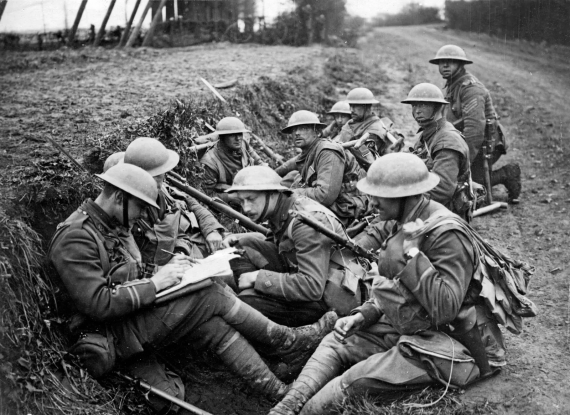
In an allied action, Britain and France failed miserably at Dardanelles and Gallipoli peninsula, but were able to bag some success at Mesopotamia. In 1916 and 1917 most of the war was fought through deep dug trenches on both sides, heavy machinery and chemical weapons were also widely used. 1917 marked the important turning point in war when America got infuriated by the attack on its ships in Atlantic and it declared war on Germany in April 1917 then in November 1917 Bolshevik revolution prompted Russia to pull out of war. After a long war, that was bringing no good, in 1918, war ended when the central powers signed the Armistice Agreement. End of World War I left Germany with hefty economic reparations, territorial losses and strict limit on the rights to develop military as a result of Treaty of Versailles.
The Qing dynasty conquest of the Ming dynasty
The transition from Qing dynasty to Ming dynasty was very peaceful, but the rebellion lasted for 60 years from 1618 to 1683. It caused the death of nearly 25,000,000 people. The rebellion which started as a small conflict in North-eastern China grew into one of the deadliest wars in the history.
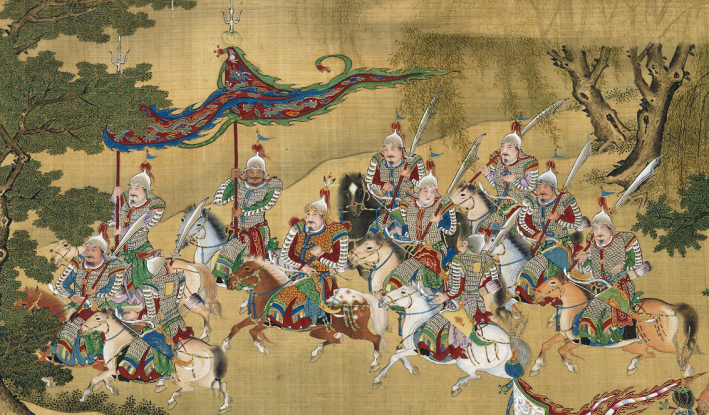
Mongol conquest
Mongol empire was formed by Mongol ruler Genghis Khan and it occupied almost 20 percent of the Earth’s land. It is said that Genghis Khan was assigned a mission by the sky God of the Mongols, Tengerri to bring whole of the world under one sword-the umbrella of shamanic beliefs. This motivated Genghis Khan to start his conquests. Mongols conquered the Iran, Iraq, the Caucasus and parts of Syria and Turkey through battles or the voluntary surrender. Further Mongols raided to Palestine as far as Gaza in 1260 to 1300. During Mongol conquests, about 11% of the world’s population was killed, around 37.75 to 60 million people were killed in Eurasia.
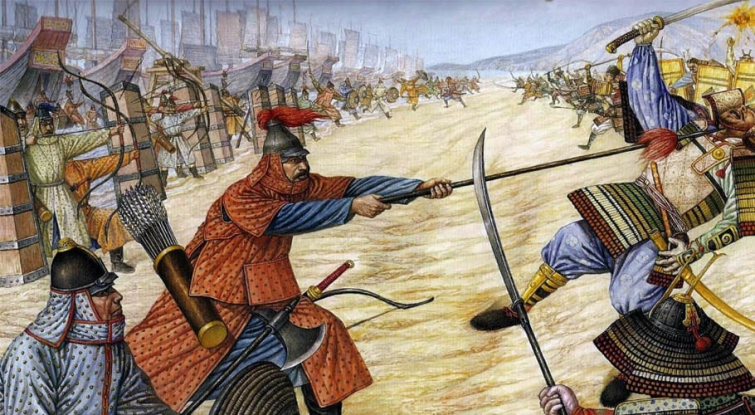
Second Sino-Japanese War
Second Sino-Japanese War started in 1937 till 1945. It was fought between Republic of China’s National Revolutionary Army and the Imperial Japanese army. It is thought to began following the Marco Polo bridge incident which was an attempt of the Japanese soldiers to enter a small walled city of Wanping to search for their lost soldier, the Chinese garrison refused their entry, a shot was heard and firing started on both ends. It later progressed into a war and resulted in 25 millions civilians deaths and about 4 million Chinese and Japanese military deaths.
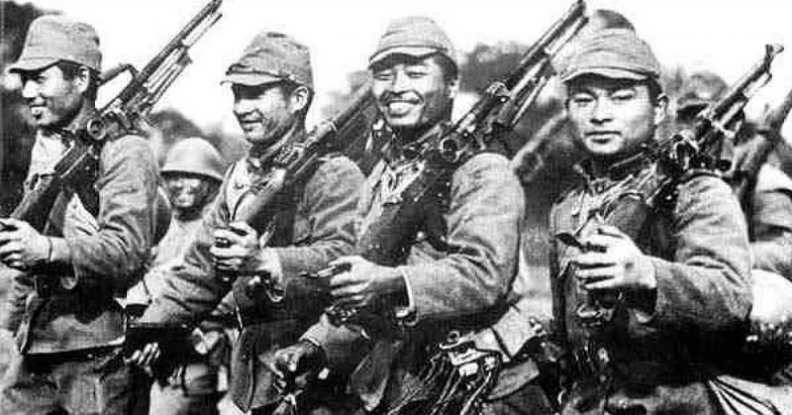
Read MOre: US completes withdrawal of forces from Afghanistan after 20-year war
Conclusion
History is full of tales of deadliest wars. Apparently, there was an end to conventional wars after World War II, but in reality the war never ended. Many countries are still under the war and world is continuously struggling to make reforms that could bring peace around the globe. The world cannot afford another war because in today’s age the countries are equipped with nuclear weapons that could cause the destruction beyond one’s imagination and it would definitely cause devastation that would probably take centuries for the Earth to recover.

